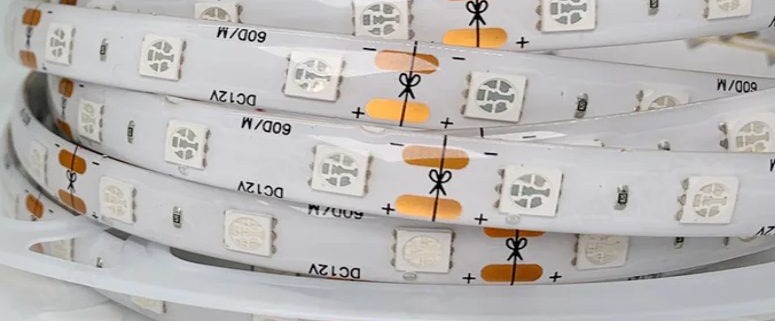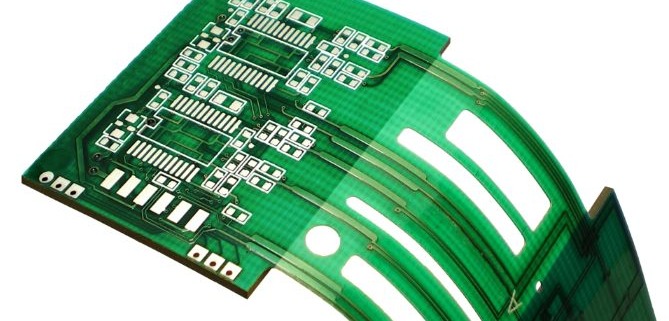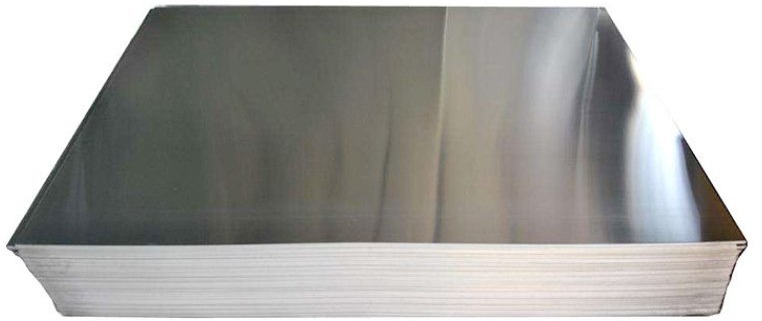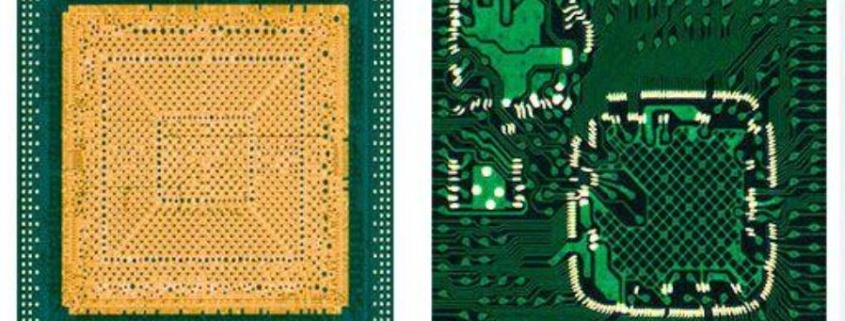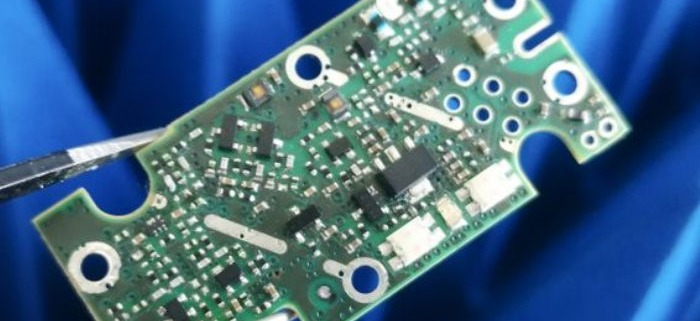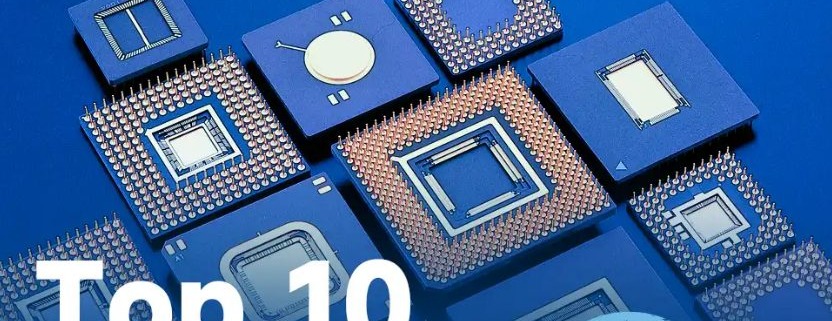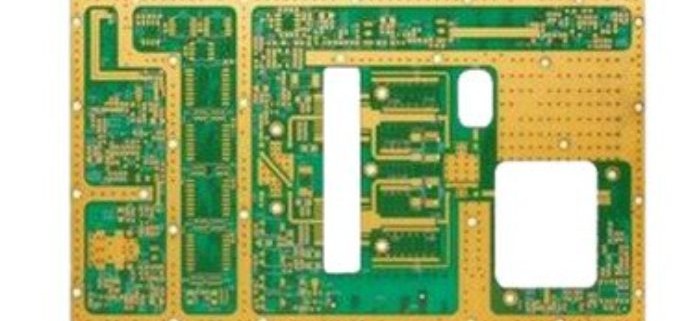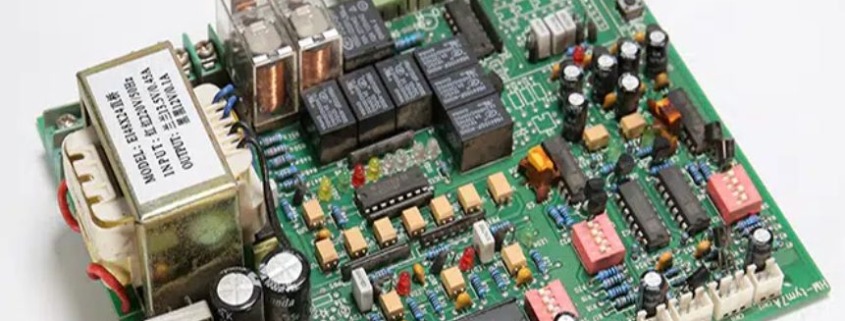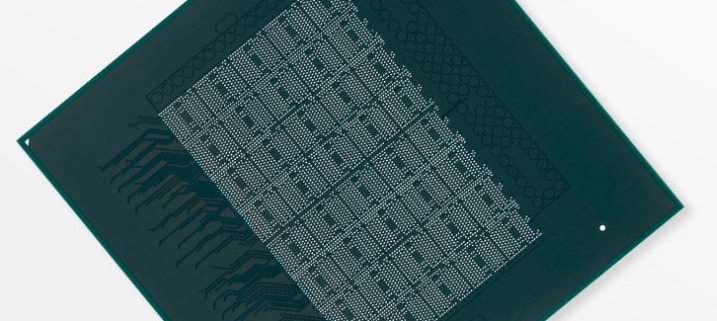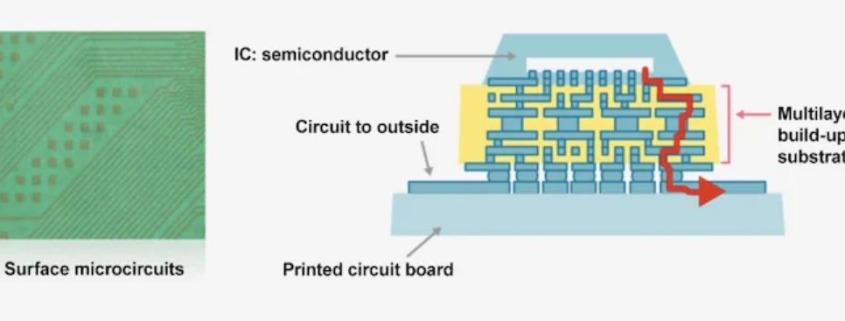The evolution of LED technology has dramatically transformed the lighting and electronics industries over the past two decades. From bulky, power-hungry incandescent bulbs to compact and energy-efficient LED solutions, lighting has become smarter, more versatile, and environmentally friendly. As applications expanded—from home décor to automotive and wearable tech—the need for adaptable circuit solutions emerged. This is where the flexible led pcb comes in.
A flexible led pcb is a type of printed circuit board that incorporates LED components on a bendable substrate, typically made from polyimide or PET materials. Unlike traditional rigid boards, it can conform to curved surfaces, making it ideal for applications with space or shape constraints.
Today, the flexible led pcb is gaining rapid popularity in modern lighting and electronic designs. Its unique combination of flexibility, lightweight construction, and design freedom makes it a preferred choice for next-generation devices, including smart wearables, architectural lighting, and dynamic display systems.

